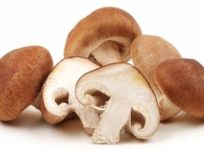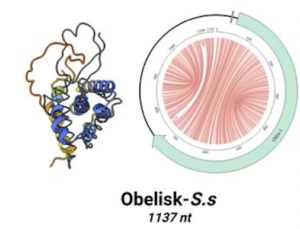Water Births Expected to Make Big Splash in Coming Decade
For healthy, low-risk pregnant women, water births—giving birth in a pool of warm water—-can reduce time spent in labor, lower the need for Cesarean section, and increase the chances that the birth process will be uncomplicated. Though popular in France, water births are still rare in the US, but the numbers are growing. Holistic Ob.Gyn., Jan Stafl, MD, describes his experiences.







